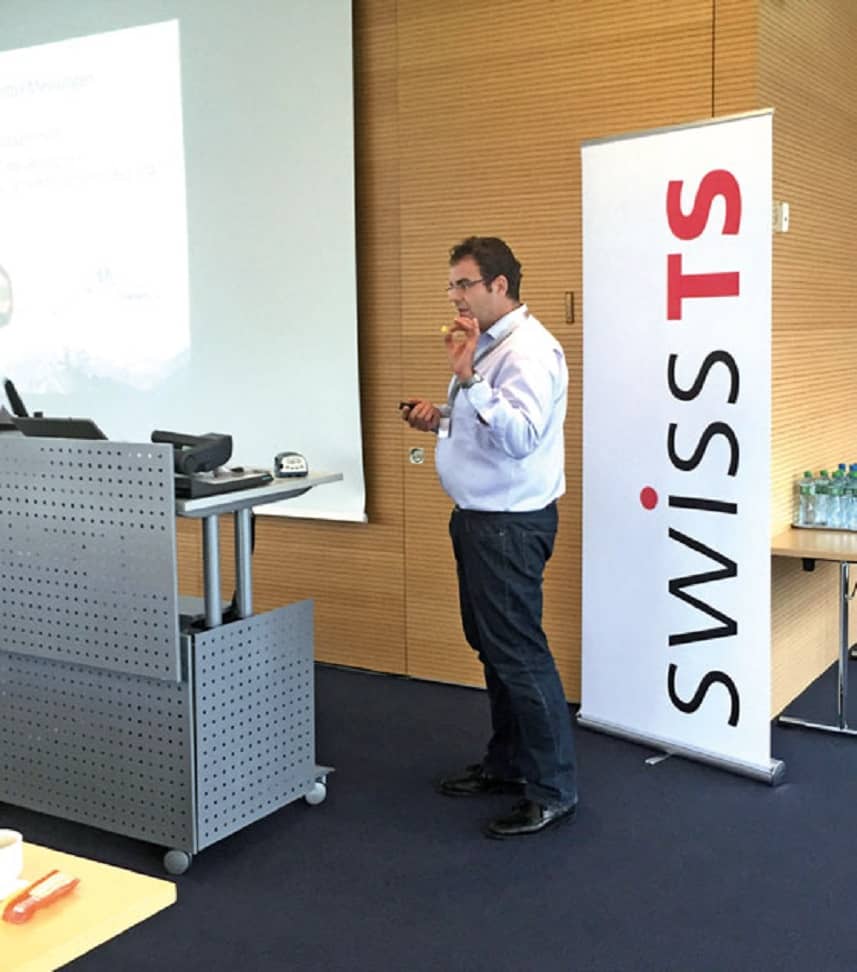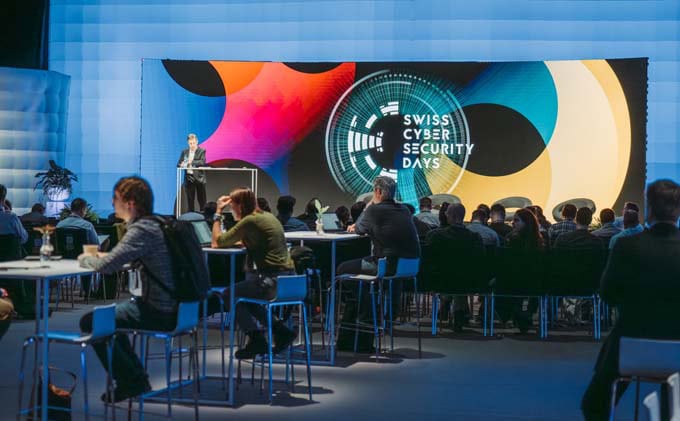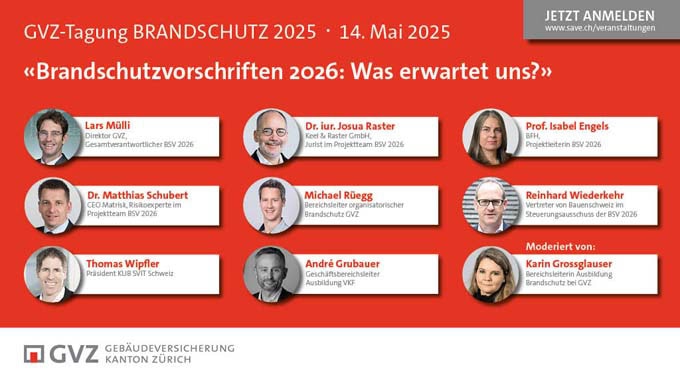Hazardous substances, limit values and hazards
The 6th Hazardous Substances Day Switzerland of Swiss TS dealt with the most important innovations in chemicals legislation, the storage of hazardous substances, limit values at the workplace and MAK value measurements through to optimised hazard analyses.

30 years and ten days lay between the two dates: On the night of 1 November 1986, the chemical accident occurred in Schweizerhalle; on the morning of 10 November 2016, the participants of the 6th Hazardous Substances Day Switzerland gathered in Opfikon. These two events are definitely connected, as conference leader Matthias Mettke explained in his introductory remarks. The hazardous materials and dangerous goods expert from Swiss TS showed impressive pictures and films from that time and summed up: "The chemical accident in Schweizerhalle was the birth of the Major Accidents Ordinance, which finally came into force on 1 April 1991. So that such things no longer happen. »
In keeping with tradition, Mettke opened Hazardous Substances Day Switzerland with an overview of the most important changes in chemicals legislation and also addressed the scope of the Major Accidents Ordinance and its regulations. He also provided compact information on REACH 2018, the planned revision of the Chemicals Ordinance and new guidance documents from the Federal Office of Public Health.
Storage of hazardous substances
Schweizerhalle was also the trigger for the founding of the parent company of DENIOS AG - also with the aim of ensuring that such things no longer happen. Managing Director Titus Zimmermann accordingly tackled the subject of the storage of hazardous substances. He paid particular attention to the differences between pure storage and the handling of hazardous substances.
"Limit values try to find the point between harmless and harmful," explains Prof. Michael Arand
with hazardous materials. "As soon as a product has been opened, we talk about handling," Zimmermann said, "even if we close it again afterwards and put it back in the cupboard. If it is no longer in its original packaging, it no longer belongs in the first category." With these aspects in mind, Zimmermann went into detail about Swiss legislation, pointing out its structure and differences from other countries, and emphasizing a wide variety of key points that are essential to bear in mind. Among other things, he addressed the fire protection guidelines of the VKF, but also the regulations concerning environmental and water protection as well as occupational safety. He explained fire protection issues and storage in buildings and outdoors, and gave examples of flammable liquids, the requirements for other substances, the necessary protective distances and lightning protection systems.
Limit values at the workplace
How limit values are defined is often not clearly comprehensible. With Prof. Michael Arand, President of the Swiss Limit Value Commission of suissepro, the participants got to know a person who is responsible for such limit values.
"Limits try to find the point between harmless and harmful, between too little and too much - even between beneficial and harmful," Arand said. "They have a guardrail function. Adhering to them reduces the likelihood of harm to an acceptable level. But they are not able to completely rule out substance exposure-related harm. And they are constantly evaluated and possibly readjusted on the basis of new scientific findings. A sense of proportion is often needed here." Arand explained what limit values can and cannot actually do, what the consequences of a value that is too high or too low are, why there are different limit values and how they are calculated. And he emphasized: "The existence of limit values does not guarantee anything. Monitoring with good measurement methods is therefore of essential importance."
MAK value measurements
With this, he passed the ball directly to Manuel Calviño (Encoma GmbH). The qualified chemist and EKAS safety expert carries out MAK value measurements, i.e. measurements of the maximum workplace concentration. "For this you need industrial hygienists ", he said. "Only they are able to carry out and assess measurements correctly and define an appropriate measurement strategy." Calviño visits the workplace each time and makes a hazard analysis. He gets an overview of the substances used and checks for which components there are limit values and measurement methods as well as which laboratory can carry out an analysis.
"Measurement has to be possible and reasonable," Calviño said.
"Measurement has to be possible and meaningful," Calviño says.
Only then should a measurement strategy be developed, material prepared and the actual measurement carried out. A wide variety of parameters influence the measurement: the concentration, the exposure time, the detection limit and the limit values. "There are various interactions that have to be closely observed and interpreted," said Calviño.
Hazard analysis
Ralf Mengwasser, Head of Expertise Services Environmental Safety at Swiss TS, then closed the loop with his presentation on hazard analysis relating to hazardous substances. He explained the seven essential steps of a hazard analysis and used various practical examples to show how hazardous substances are labelled, how they enter the body, what they can cause there, who has a duty to prevent this - and what measures can be taken to achieve this. "Accidents are not accidents," Mengwasser said.
"Technical measures are good, but they are costly and can be manipulated. Organizational measures are often not very effective. And personal protective equipment must only be the very last resort. Therefore: If possible, a hazardous substance should be replaced by a non-hazardous substance. If that succeeds, you have achieved the most and then all other measures become superfluous."









